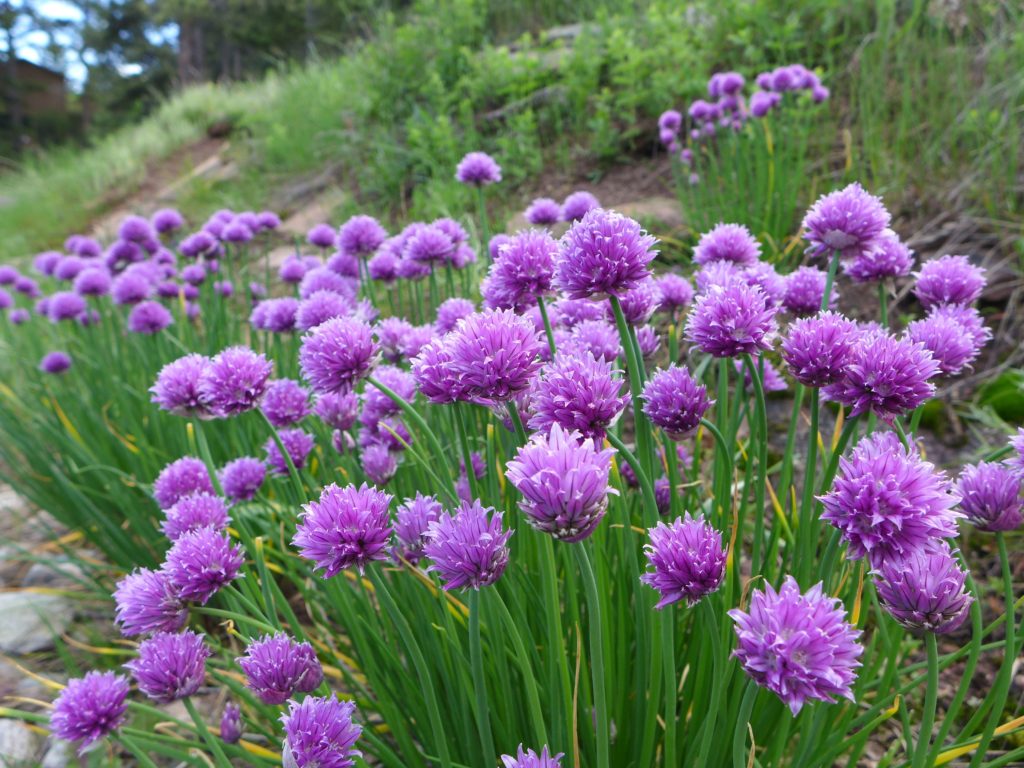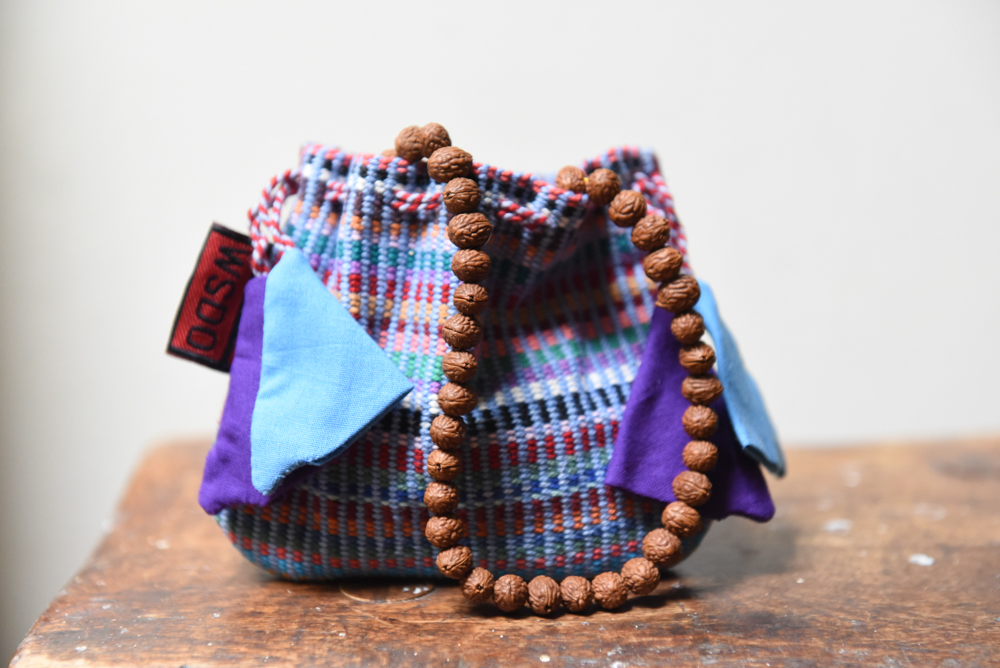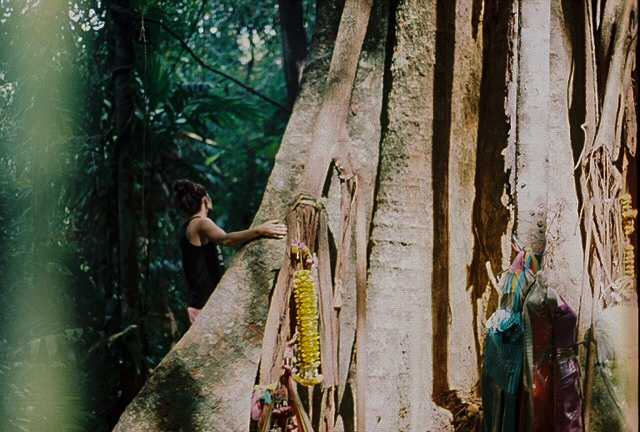You are what you eat, which is why you would pick up a firm, crisp apple, but a bruised, rotted one, no way. Translate that to thought. Why do we continue to consume negative, fearful, anxious thoughts, when positive, uplifting, and gracious ones also exist?
It’s not entirely your fault. Our brains have a natural bias to shade our implicit memories in a negative light even though for the most part our experiences are actually positive. You can think of implicit memories like the residue of past experiences. Implicit memories remain primarily below the surface of awareness yet they shape the inner atmosphere of the mind. Our brain is actually trying to protect us by constantly scanning, registering, storing, recalling, and reacting to unpleasantness, but because of this we unknowingly internalize those memories instead of the positive, carefree, and overall safe experiences that we also have each day.
How do you color your memories with positivity? Your brain is acting as it always has, therefore to interrupt its daily exercise, you need to be mindful of internalizing positive explicit memories, memories that are entirely conscious recollections of specific events. These are the memories you have a bit of control over. To actively shape the brain, you need to solidify these positive experiences, by seeking them out, savoring them, and allowing them to sink in.
Look for the good news that surrounds you, find the joy in each moment, allow yourself to see the bright side of a dark day. We sometimes struggle with this physical exercise, so allow yourself to acknowledge how tough it may be to find the positive. It’s okay if it’s a struggle but persist. You are actively changing your neural structure. Pain today breeds more pain for tomorrow, the converse is also true.
Once you find the positive, focus on it for at least ten seconds. Allow it to sink in. Feel the residual sparks of happiness coursing through your physical body. Really allow yourself to feel content. Try to locate and identify that feeling and sensation in your body. The longer something is held in your awareness, the more emotionally stimulating it is, the more neurons will be firing, and the stronger the trace (implicit) memory will be. Focusing on this momentary contentment increases dopamine release, which encourages your mind to stay focused on this experience allowing for more positive neural associations in your implicit memories.
Now that you have a handle on internalizing positive experiences, you can use them to balance out your negative ones. When experiences are lumped together in your memory, they take with them whatever else is in awareness or on your mind, especially if dealing with intense emotion. This means you can actively infuse positive material with negative material in order to cultivate a neutral or positive implicit bias in your mind. Think about the comforting feeling of being nurtured by a friend when you’re experiencing profound loss. You friend isn’t taking away the pain, but their soothing presence helps to balance out the grief you are experiencing. Now you will see how to use your positive memories to soothe your negative ones.
Basically, you want to intently focus on a positive experience while the painful experience is sensed dimly in the background. When negative material rises, bring to mind emotions and perspectives that work as its antidote. Whenever you have a positive experience, allow it to sink in, soothe, and replace old pains.
Maybe you had a really fantastic dinner with your parents. Allow yourself to be fully immersed in the experience. Listen to the conversation, inhale deeply and smell the fresh flowers in the center of the table, close your eyes and really taste your meal, allow yourself to preserve the positive emotions you are feeling. After dinner, recall a negative memory of a family dinner, while still allowing yourself to feel the warmth, happiness, and contentment from the positive experience. Allow your positive memory to begin to flush out the negative memory.
When your brain recalls a memory, it draws on key features, not specific events, it fills in details with simulation, and it does it so quickly that you don’t even notice it. This rebuilding process is what gives you the opportunity to color your memories with positivity. When a memory is activated, a large-scale assembly of neurons and synapse unfold into a pattern. If other things are also being held in your mind, in this case, positive memories, your amygdala, and hippocampus (regulators of emotions and memory) will automatically associate them with the neural array and when you stop recalling the memory, it will be lumped in with those other associations, in this case, the positive family dinner.
Coloring memories with positivity takes time and effort. Repetition is required. Be mindful of the deep roots of reoccurring pain and upset within you. Try to identify the tip of these roots, maybe planted during childhood or a particular relationship or traumatic event. Deliberately propel your positive experiences towards these roots to displace them. Fill that space with positive emotion. Know that this exercise can also work in the opposite direction so if you find yourself dwelling on negative feelings, you may not be ready for this exercise.
Each time you work on taking in the good or positive, you flex your brain muscles. You build up a little bit of neural structure and encourage your brain to continue seeking out contentment. Coloring your memories with positivity a few times each day for months will turn into years, and will gradually change your mind and the way it operates, therefore affecting how you feel and act, in far reaching ways.
Taking in the good is good. You are building up positive emotions that will benefit your overall physical and mental health. The point is not to ignore painful experiences or grasp after positive ones but to internalize the good and work on accepting the difficult while comforting yourself with soothing thoughts and feelings. Not only will you shift the way your brain works, but you will also be a grounding and positive force for those around you. Anxious and overwhelmed people will seek refuge near you as you’ll be a source for comfort instead of added anxiety.










